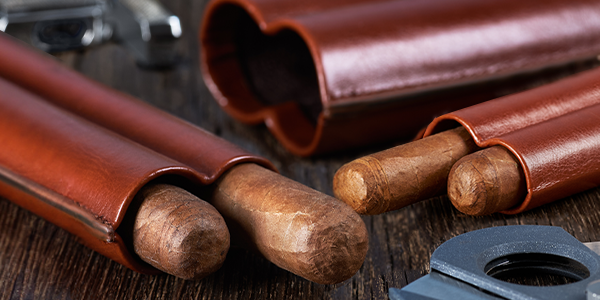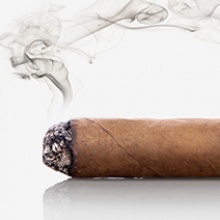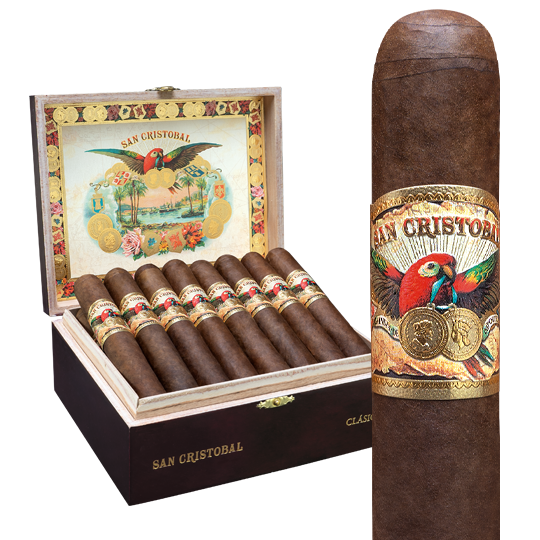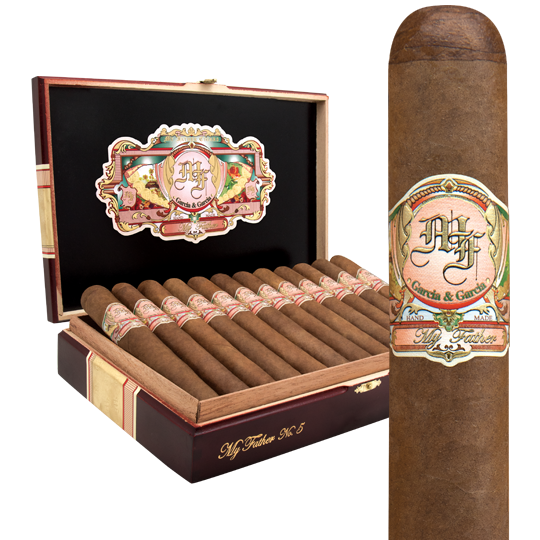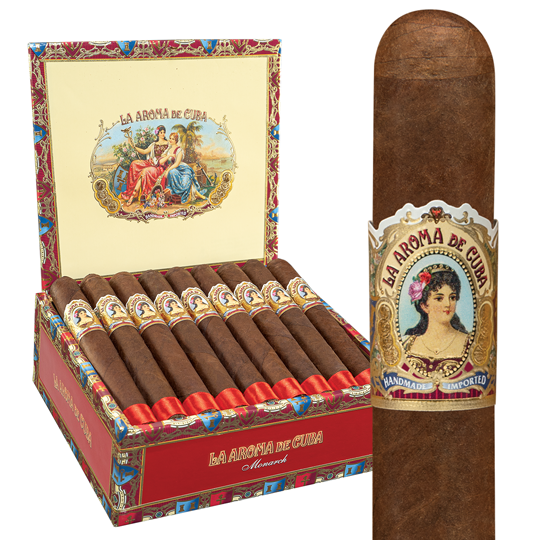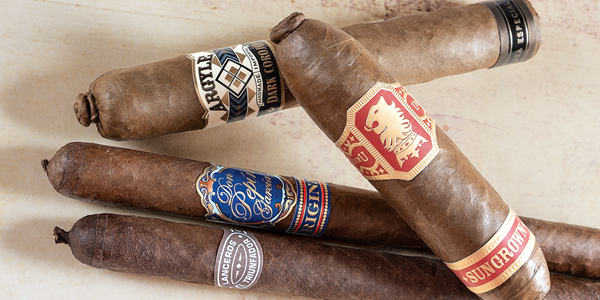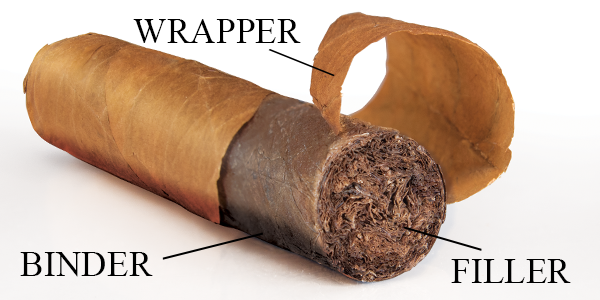The Cigar Cap
Among the most important things when you’re enjoying a cigar is to keep it together. And I mean that literally. If the cigar wrapper begins to unravel, you’re not going to have an optimal experience. How a cigar is constructed is hugely important to the quality of the smoke. At the end of the cigar that you put in your mouth is among the most important components of the stogie: the cap.
What Is a Cigar Cap?
A cigar cap, very simply, is a piece of the wrapper that goes at the very end of the cigar, the end you put in your mouth. It “caps” the filler and secures the wrapper so that it stays in place. The cap on any cigar, regardless of the cap style, usually must be cut or pierced to allow smoke to draw through the cigar.
Types of Cigar Caps
As there are many different shapes of cigars, there are several types of cigar caps. Applying the cap is the final step in the rolling process after the buncher assembles the filler tobaccos and the cigar roller encloses the bunch in the wrapper leaf. Here are the most common types of cigar caps.
Flat Cap (or Straight Cap)
The traditional Cuban style is called a flat cap. The flat, or straight, cap—often a small, round piece of the wrapper—generally is adhered to the end of a Parejo, or straight, cigar. Robustos, Toros, Coronas, and Churchills fall into this category.
Triple Cap
Many better Cuban cigars feature a triple cap. The triple cap has three seams—essentially three layers of leaf—that afford a bit more protection against unraveling. Both of these are known as mounted caps. The triple cap is now being used in other countries where premium cigars are made, mainly Honduras and Nicaragua. Check out San Cristobal cigars as an example of the use of the triple cap outside of Cuba. José ‘Pepin’ Garcia, the blender of My Father, La Aroma de Cuba, and San Cristobal, trains the rollers in his factory to roll cigars with a triple cap.
Pigtail Cap
A different style is the pigtail or flag cap. This type of cap is evident by a thin strip of tobacco that comes out of the head of the cigar and is often twisted. The pigtail is anywhere from a quarter inch to an inch or longer. A pigtail is sometimes called a twist cap, and it can result in a tighter draw.
Torpedo & Belicoso Caps
Unique to tapered cigars are the Torpedo and Belicoso caps. Here, the wrapper leaf is shaped to cover the head of the cigar. The Torpedo cap is quite pointy, whereas the Belicoso head is more rounded.
Uncommon Caps
Less common is a tasseled cap, where the filler tobacco extends beyond the head of the cigar. This feature is found on relatively few cigars. But the Fuente Fuente Opus X BBMF is a notable example. It’s a rare and visually striking Figurado that tapers to a narrow head resembling a tassel or a ponytail with filler leaves peeking through the tip. This eye-catching detail only adds to the cigar’s mystique.
Cutting Different Cigar Caps
Allow me to admit that when it comes to opening up the head of a cigar to begin smoking, I usually use a small bite or a fingernail, except with Figurados, or shaped cigars. Then I use a straight cut, or guillotine cutter. The additional options here are to use a cigar punch, which creates a roundish hole, or a V-cut. The latter makes a deeper, wedge-shaped opening. My experience, however, is that a punch cut can often destroy a straight cap. Essentially, my thought is that the less of the cap you remove while still allowing for a good draw, the better off you’ll be. How you cut your cigar changes the way it draws.
Many of my friends like a V-cut for tapered heads. What you don’t want to do, regardless of how you cut a Figurado, is to cut so deeply into the taper that you create a straight cigar. Cutting too deeply can easily cause the wrapper to come apart. What I do is use a straight cut, not too far in, at a slight angle to create a bit more of an opening.
A pigtail cap can be twisted and pulled off, although I still recommend using a guillotine cutter if you’re not practiced at using just your fingers.
One shape that technically has a tapered head is the Chisel cigar, like the La Flor Dominicana Air Bender. For this, you can use a punch on the flat sides, or pinch the sides until an opening appears.

